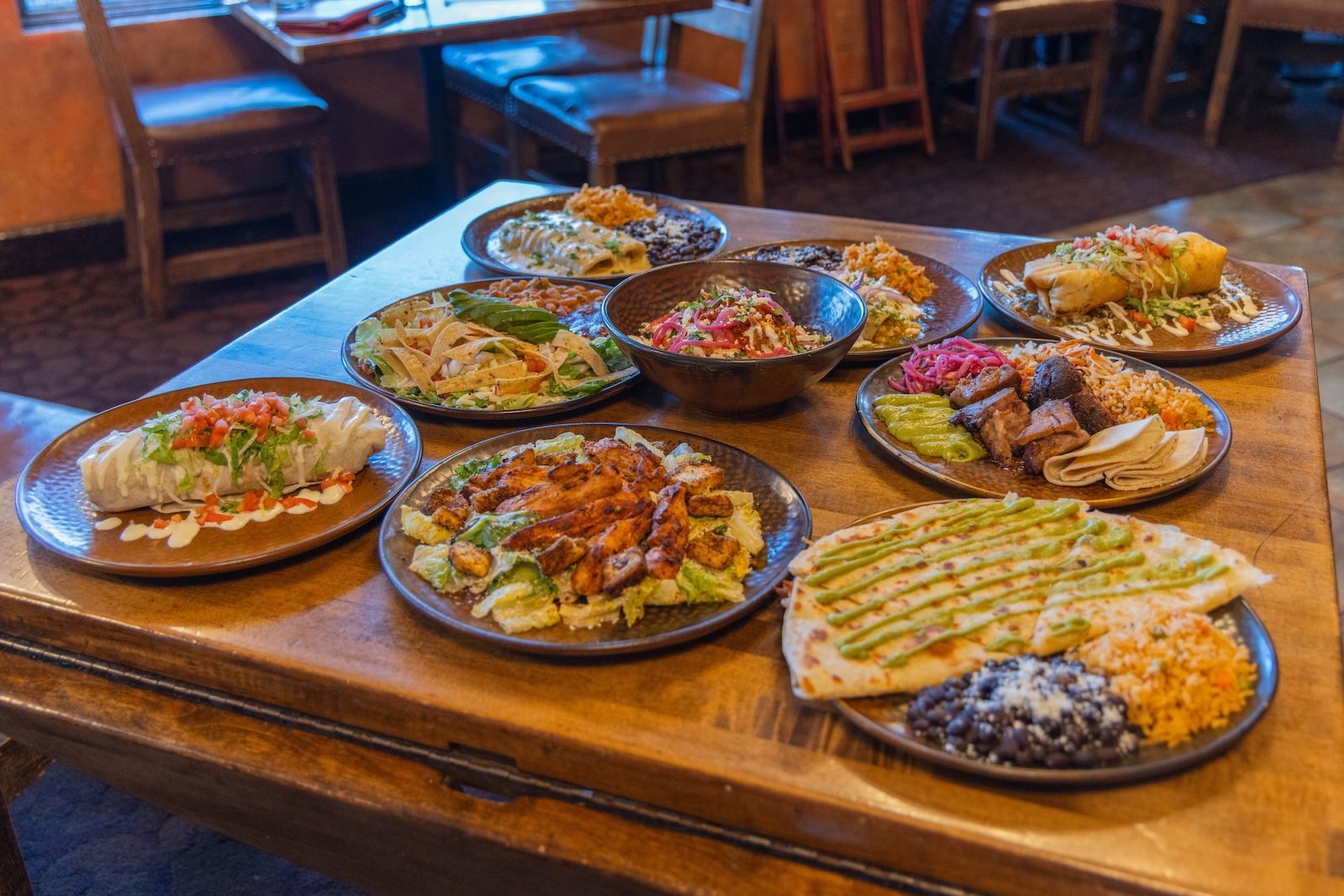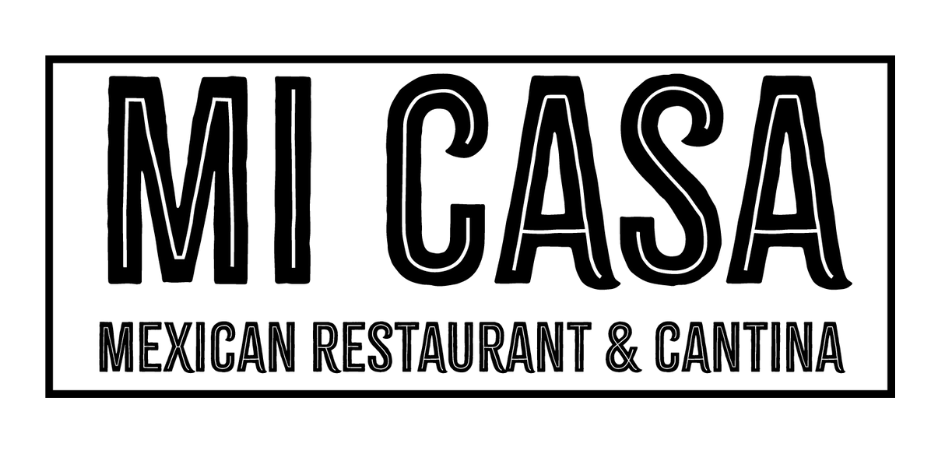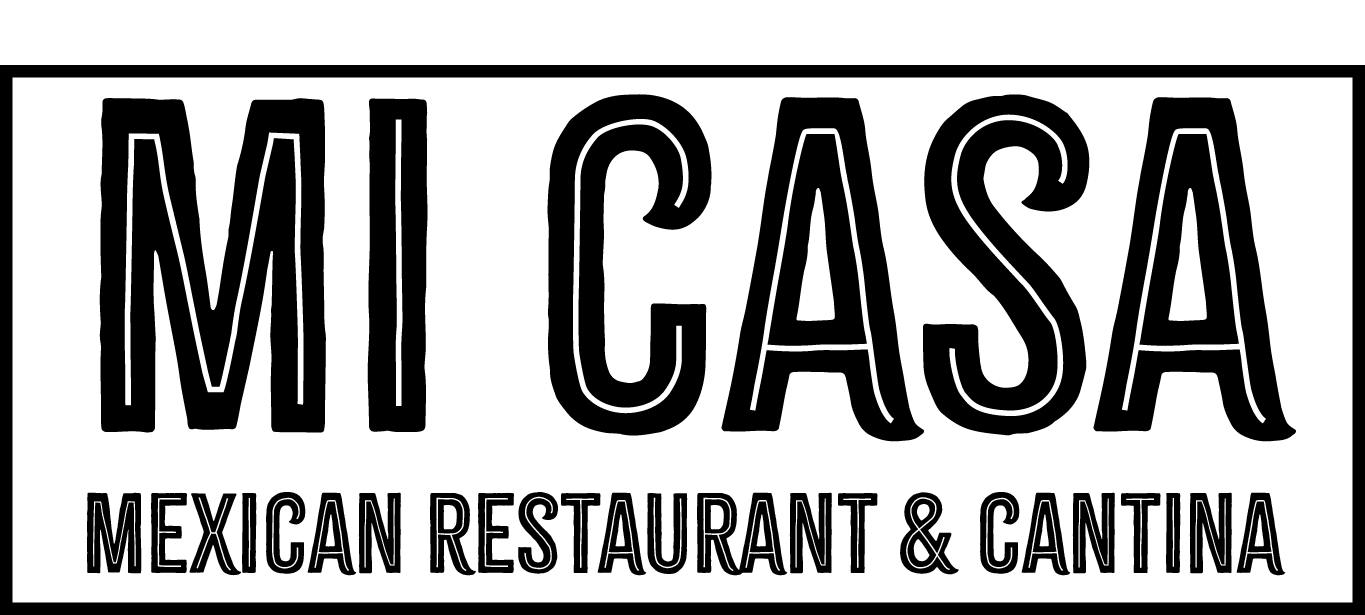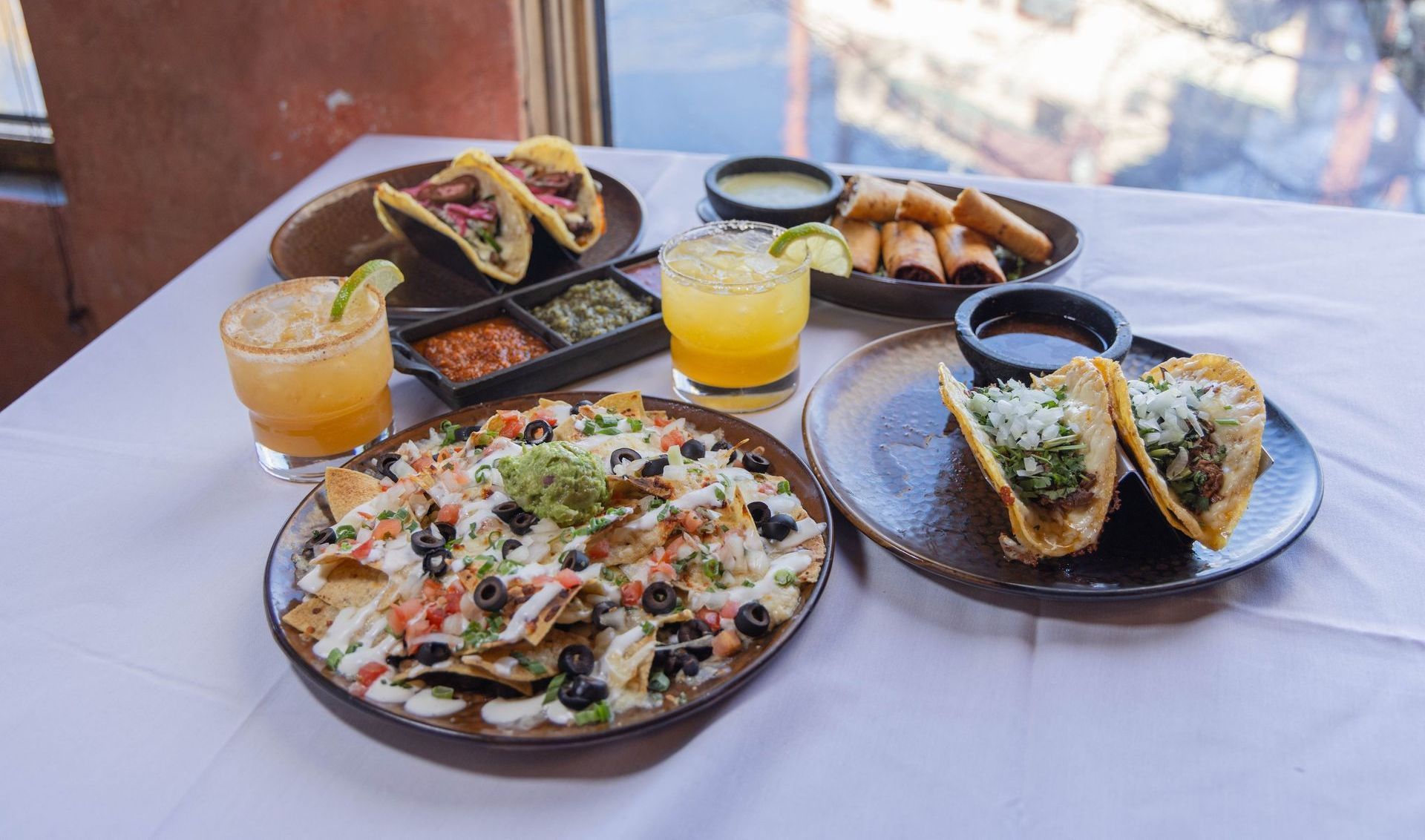What Makes Good Street Tacos | Mi Casa Breck Guide
Good street tacos come down to three simple things: fresh corn tortillas, well-seasoned meat, and the right toppings. These small but mighty tacos pack big flavor with just onions, cilantro, and a squeeze of lime. Unlike bigger restaurant tacos, street tacos keep things simple to let the meat shine.
In this guide, you'll learn exactly what makes street tacos special and how to spot the best ones. Whether you're eating at a food truck or making them at home, these tips will help you enjoy perfect tacos every time.
The Foundation: Perfect Corn Tortillas
Size Matters for Street Tacos
Real street tacos use small corn tortillas that are about 4 to 5 inches wide. This size makes them easy to hold in one hand while you walk around. The small size also means you can eat several different kinds without getting too full.
Many places serve two tortillas together, which Mexican people call "la copia" or "the copy." The second tortilla acts as backup in case the first one breaks from all the juicy meat.
Why Corn Beats Flour
Corn tortillas are the traditional choice because corn has been grown in Mexico for hundreds of years, long before wheat arrived from Europe. Using small, soft corn tortillas provides a neutral base that complements the flavorful fillings without overpowering them.
Fresh corn tortillas should be:
- Soft and warm
- Slightly thick but still flexible
- Made from just corn masa and water
- Heated on a griddle until lightly charred
The best tortillas have a slight corn flavor that doesn't fight with your meat. They should bend easily without cracking when you pick up the taco.
Getting Tortillas Right at Home
If you're making tacos at home, warm your tortillas on a dry griddle or skillet for a few seconds on each side, which makes the starches more flexible and adds flavor through light browning. You can also char them over an open gas flame for extra taste.
The Heart: High-Quality, Well-Marinated Meat
Traditional Street Taco Meats
A Mexican street taco is a small taco on corn tortilla with different meats like al pastor, carne asada, barbacoa, carnitas or chorizo. Each meat brings its own special flavor:
Carne Asada : Grilled beef (usually flank or skirt steak) with citrus marinade Al Pastor : Pork cooked on a spinning spit with pineapple Carnitas : Slow-cooked pork that's crispy outside, tender inside Barbacoa : Slow-cooked beef or lamb with rich, deep flavors Chorizo : Spicy Mexican sausage with bold seasonings
The Secret: Great Marinades
Marinating the meat in a mixture of acidic and enzymatic ingredients tenderizes it by breaking down muscle fibers and infusing it with flavor. The best marinades include:
- Citrus juices (lime, orange) for tenderness
- Garlic for deep flavor
- Spices like cumin, chili powder, and oregano
- A bit of oil to help everything stick together
The marinade needs to accomplish three things: tenderize the meat, infuse it with flavor and chemically change the structure so it retains juices. Good street taco meat should marinate for at least 1 hour, but not more than 8 hours or it gets mushy.
Cooking for Maximum Flavor
Cooking the meat quickly at high heat ensures a flavorful, caramelized exterior through the Maillard reaction while keeping the interior juicy and tender. The best street taco meat has:
- A nice char or crust on the outside
- Juicy, tender inside
- Small, bite-sized pieces
- Bold seasoning throughout
When you bite into good street taco meat, it should be packed with flavor and easy to chew. The pieces should be small enough that they don't fall out when you eat.
The Finish: Simple, Fresh Toppings
The Classic Three
Classic toppings include diced white onion, cilantro, limes, and roasted hot peppers. These three toppings show up on almost every street taco:
Diced White Onion
: Adds crunch and sharp flavor that cuts through rich meat
Fresh Cilantro
: Brings bright, herbal notes that make everything taste fresher
Lime Juice
: The acid brightens all the flavors and adds a tangy zip
Toppings on Mexican street tacos are simple, containing just fresh cilantro, diced onion, and perhaps some cotija cheese or queso fresco. This simplicity lets the meat be the star.
Why Less Is More
Street tacos don't pile on lettuce, tomatoes, or lots of cheese like American-style tacos. The focus is on the quality and freshness of the ingredients, capturing the essence of traditional Mexican flavors in a portable and affordable package.
This simple approach means each bite gives you:
- The full flavor of the seasoned meat
- Fresh crunch from onions
- Bright herbs from cilantro
- Tangy lift from lime
Optional Extras That Work
While the classic three toppings are traditional, some extras can make your tacos even better:
- Salsa verde or roja for heat and flavor
- Cotija cheese for salty richness
- Pickled red onions for tang
- Sliced radishes for extra crunch
- Hot sauce for those who like it spicy
What Makes Street Tacos Different
Size and Simplicity
The most significant difference between street tacos vs. regular tacos is their size. Street tacos have a small corn tortilla base making them easy to grab and go. Most Mexican street food is small, making it easy to hold and eat as you walk the streets.
Regular restaurant tacos often have:
- Bigger flour tortillas
- Ground beef instead of marinated cuts
- Lots of toppings like lettuce and tomatoes
- Hard shells instead of soft corn tortillas
Street tacos keep it simple with better ingredients and bolder flavors.
Focus on Fresh Ingredients
Vendors typically use locally sourced, seasonal ingredients to prepare their dishes, ensuring vibrant flavors and high quality. Good street taco places care about:
- Fresh tortillas made daily
- Quality cuts of meat, not ground beef
- Bright, fresh toppings
- Homemade salsas
- Proper seasoning and marinades
This attention to freshness makes each bite taste bright and full of flavor.
Traditional Cooking Methods
The cooking techniques used to prepare street tacos play a crucial role in defining their authenticity. One hallmark of a truly authentic street taco is the traditional method of grilling the meats over an open flame.
Real street tacos use:
- Grilling over open flames for smoky flavor
- Cast iron skillets that get very hot
- Handmade tortillas on a griddle
- Simple, time-tested recipes
These old-school methods create flavors you can't get with modern shortcuts.
How to Spot Great Street Tacos
Look for These Good Signs
Fresh Tortillas : They should be made on-site or delivered fresh daily Quality Meat : Look for actual cuts of beef, pork, or chicken, not ground meat Simple Menu : The best places focus on doing a few things really well Busy Lines : Popular spots usually have the freshest ingredients Spanish on the Menu : Authentic places often list items in Spanish
Red Flags to Avoid
Pre-made Everything : Avoid places where everything looks like it came from bags Too Many Toppings : If they pile on lettuce, tomatoes, and cheese, it's not authentic Hard Shell Options : Real street taco places don't usually serve hard shells Ground Beef Focus : While not always bad, it's less traditional than cut meats
Making Great Street Tacos at Home
Start with Good Ingredients
The key to a great street taco is the use of fresh, high-quality ingredients and the careful preparation of each component. For home cooks, this means:
- Buy fresh corn tortillas from a Mexican market
- Choose good cuts of meat like flank or skirt steak
- Get fresh cilantro and white onions
- Use real lime juice, not bottled
Keep It Simple
One of the most important tips for making street tacos at home is to keep things simple and authentic. Avoid overloading your tacos with too many toppings or sauces, and instead focus on using a few high-quality ingredients.
Start with:
- A good marinade for your meat
- Proper cooking at high heat
- Warm, soft tortillas
- Just onions, cilantro, and lime
Once you master the basics, you can try different meats and salsas.
Practice Makes Perfect
Making great street tacos takes practice. Don't worry if your first batch isn't perfect. Focus on getting each part right:
- Tender, flavorful meat
- Properly warmed tortillas
- Fresh, bright toppings
- The right balance of flavors
Where to Find Great Street Tacos in Breckenridge
Looking for amazing tacos in the mountains? Mi Casa Breck has been serving authentic Mexican food since 1981. Our skilled kitchen team makes fresh tortillas daily and uses traditional marinades for all our meats.
Try our famous steak tacos made with perfectly seasoned carne asada, or explore our full menu of traditional Mexican dishes. We're located right at the base of Peak 9, making us the perfect spot for après-ski dining .
Want to enjoy our tacos at home? Check out our takeout options or ask about catering for your next gathering.
Final Thoughts
Great street tacos come down to doing simple things really well. Fresh corn tortillas, properly marinated and cooked meat, and bright toppings like onions, cilantro, and lime create the perfect bite every time.
The beauty of street tacos is in their simplicity. They don't try to be fancy or loaded with extras. Instead, they focus on quality ingredients and traditional techniques that have worked for hundreds of years.
Next time you're craving tacos, look for the signs of authenticity: small corn tortillas, well-seasoned meat, and simple fresh toppings. Whether you find them at a food truck, a family restaurant, or make them at home, great street tacos will always satisfy your cravings with bold, fresh flavors that transport you straight to the streets of Mexico.








